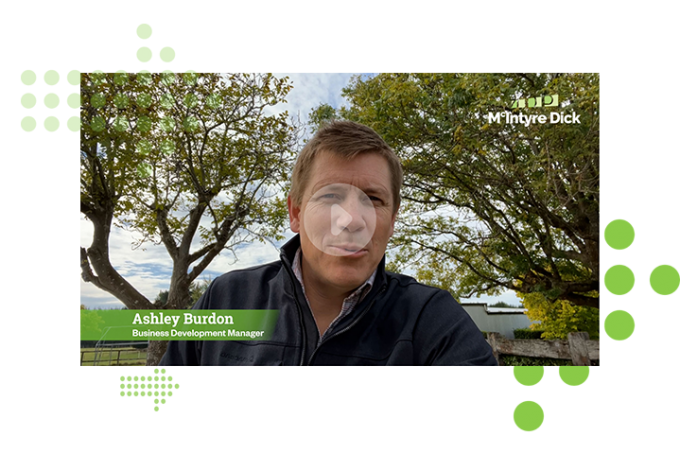
Income Equalisation Scheme
Categories
What is the income equalisation scheme?
The income equalisation scheme is a way for businesses to even out income fluctuations in their industry by spreading income between years. Common industries include farming, forestry, and fishing. This scheme is a way to defer a portion of your income until a later date and subsequently pay the tax on this income at a later date.
To use the scheme, a business must make a payment (minimum $200) to Inland Revenue within a required timeframe after the balance date. This income then becomes a “tax deduction” in the previous tax year.
A deposit cannot be withdrawn unless it’s been on deposit for at least 12 months (unless under certain circumstances). The amount can be held on deposit for a maximum of 5 years.
Inland Revenue will pay 3% gross interest (before tax, if held for at least 12 months) on maturity or withdrawal of the deposit. This becomes taxable income in the year the deposit is refunded.
So what does this look like when applied?
A sole trader dairy farmer has a taxable profit of $200,000 for the 2019/20 tax year. Provisional tax has been paid on $100,000 of income. There is a tax shortfall of $33,000 which needs to be paid as terminal tax due 7 April 2021.
The taxpayer estimates that in the next few years the milk price is going to drop causing the taxpayer to make a small loss/break-even position. To utilise lower marginal tax rates in the future the taxpayer pays $100,000 to Inland Revenue into the income equalisation scheme. The taxpayer’s income for 2019/20 drops to $100,000 and there is no further tax to pay for this year.
In two years’ time, the taxpayer as expected has made a break-even position of $0.00. The taxpayer decides to withdraw $100,000 from the income equalisation scheme. The profit is now $100,000 plus $6,000 of gross interest. The interest has had withholding tax deducted at 33% or $1,980.
| Dairy farming income | $0 |
| Income equalisation withdrawal | $100,000 |
| Interest received on deposit | $6,000 |
| Total taxable income | $106,000 |
| Tax due | $25,900 |
| Less witholding tax | $(1,980) |
| Terminal tax due | $23,920 |
| Tax saving | $9,080 |
If the taxpayer had left the $100,000 as income in the 2019/20 year this would have been taxed at 33% however as they have been able to push it forward and use lower marginal tax rates in a later year they have saved $9,080 of tax.
Always remember to consider financing the costs of making a payment under this scheme against the 3% interest income received. For large payments, it is best to keep your bank manager informed.
The income equalisation scheme is one of the many ways to manage your tax planning. Your advisor will discuss what is best based on your individual situation.

Sarah Hopkins
PrincipalSarah believes that you often need much more than a filed tax return and a set of financial statements from your accountant. She will work with you to turn the numbers into meaningful information, provide support with your taxation obligations and always lends a friendly ear when you want to have a chat about your business activities.
- News

 Ashley Burdon
Ashley Burdon

 Alex Crackett
Alex Crackett
 Brad Phillips
Brad Phillips

